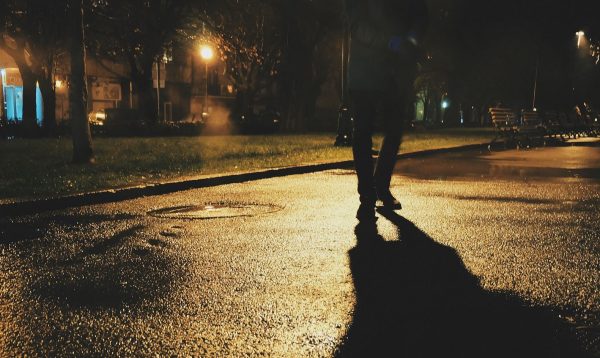Drink walking is like drink driving, but when walking drunk. Drink walkers are more likely to be involved in an accident with a vehicle – around half of all pedestrian deaths involve people who are under the influence of alcohol, and in around one-third, the driver is over the legal driving limit. It’s very commonly seen on Friday and Saturday nights near bars and pub and it affects different areas in different ways: while drink walkers in cities might dash across busy streets, drink walkers in rural areas might be stumbling home on unlit roads wearing dark clothing, and may even fall asleep on the road.
While many people will have a quick drink and then walk somewhere (one of the main activities of rambling is to walk, stop at a pub for a pint, then walk some more), drink walking is more targeted at the types of drinkers that consume enough to be noticeably impaired.
When a person is drunk, they:
- Find it difficult to judge the speed and distance of approaching vehicles
- Have reduced peripheral vision
- Have reduced hearing (especially if they’ve also been in a noisy club or bar), and therefore don’t hear vehicles approaching
- Cannot move quickly in a coordinated way and may fall over in front of traffic.
These are compounded by being tired late a night.
Drunk walkers are almost never wearing clothing that has good visibility at night, or carrying a torch.

Drunk walking pedestrians on the road can be difficult to see in dark clothing
Combatting drink walking
- Fences and railings can corral people to safe crossing areas rather than allowing them to step out into the road anywhere.
- Making areas with high densities of bars, clubs and pubs pedestrianised
- Strategic positioning of taxi ranks and bus stops near entertainment areas
- Traffic calming measures to reduce traffic speed where drunk pedestrians are likely to be crossing
- Lock-out policies by bars – i.e. not letting already drunk people in
- Reminders about drink walking in bars and clubs
- Encouraging people to walk home in a group rather than alone.
Drugged walking
Drugged walking can have the same or opposite effects, depending on the drug. Some drugs cause tiredness, confusion and a change in perception, and these are dangerous for walking in traffic. Others cause heightened awareness, but can also cause overconfidence which is also dangerous.
Driving safely around drunk walkers
- When you’re driving after 8pm watch out for people who look like they might be impaired. They’ll be staggering or stumbling. If they are using a cellphone, they’ll be twice as distracted. There will be more and more people like this the later it gets.
- Assume that if there are pubs or bars around that there will be drunk people around.
- If you are driving in a rural area, watch for people on unlit roads.
- Keep your speed down in busy pedestrian areas.
- Avoid areas with a high concentration of bars and pubs on Friday and Saturday nights if possible.
